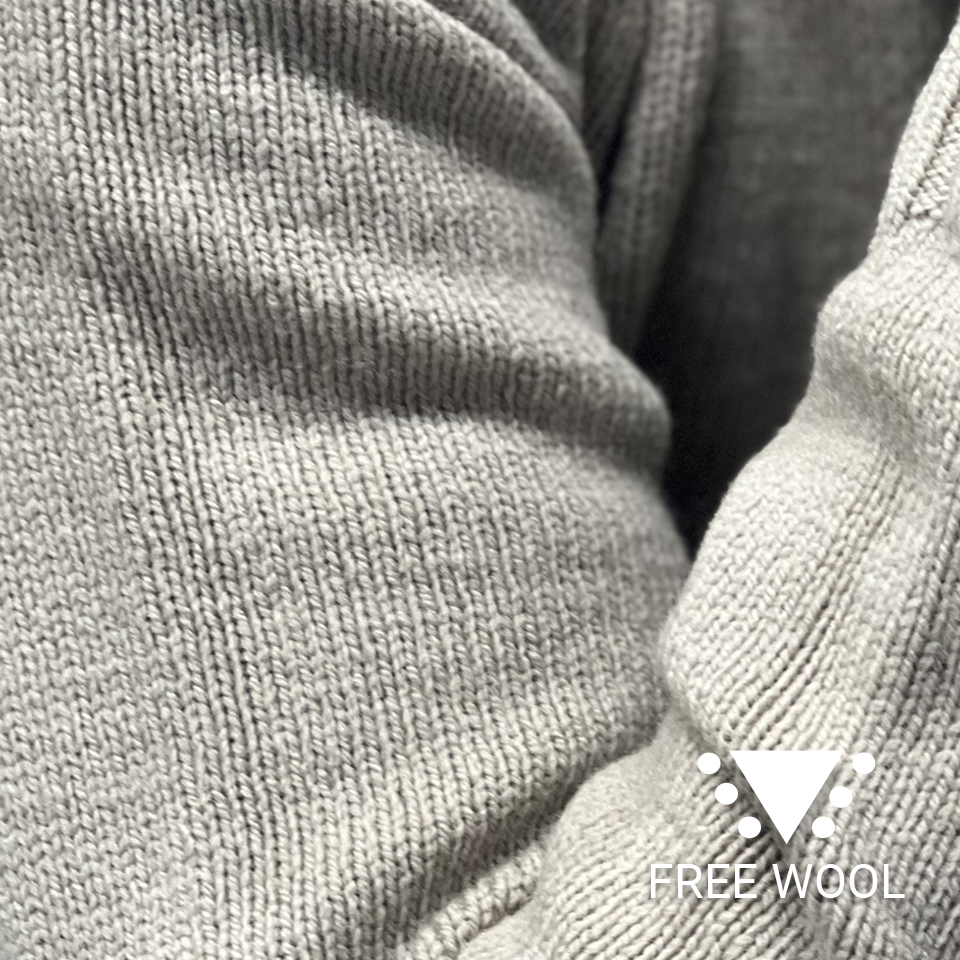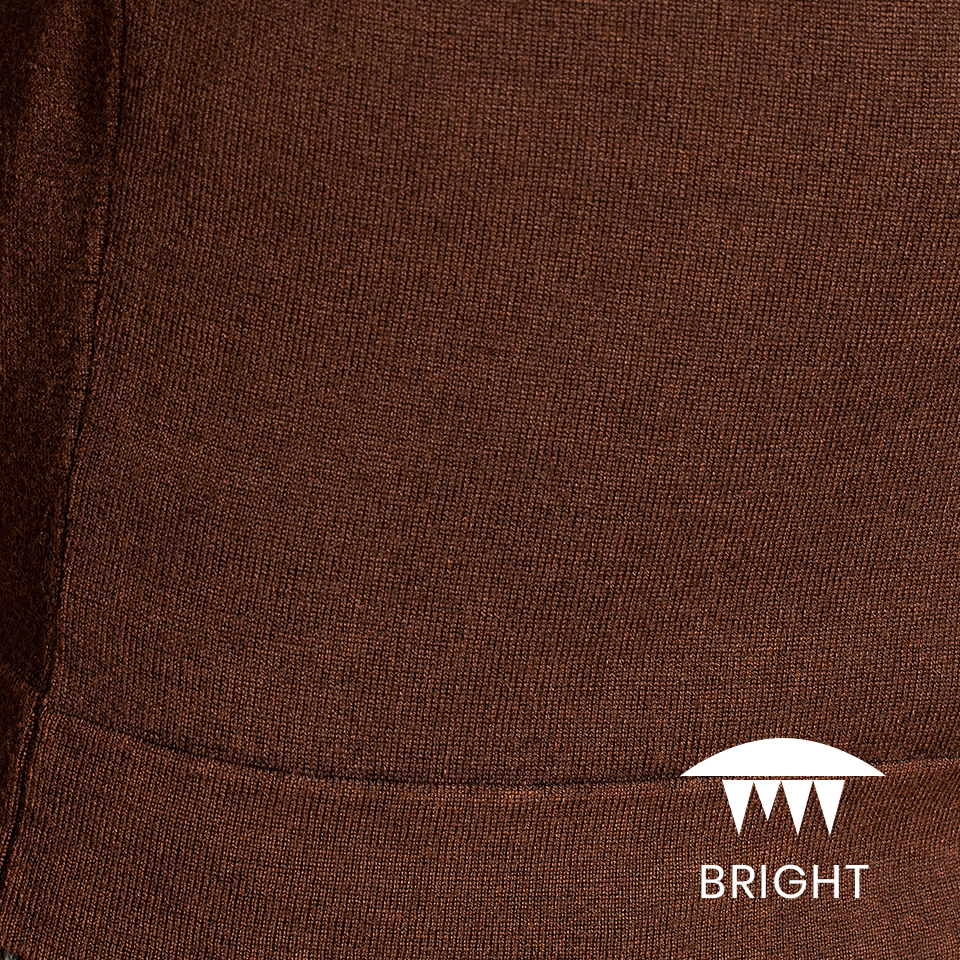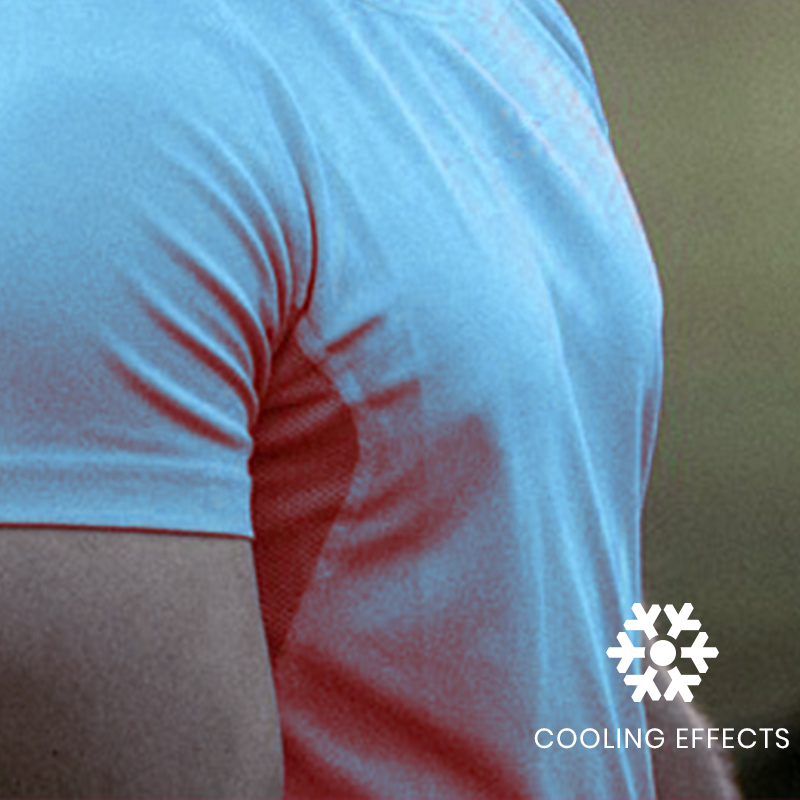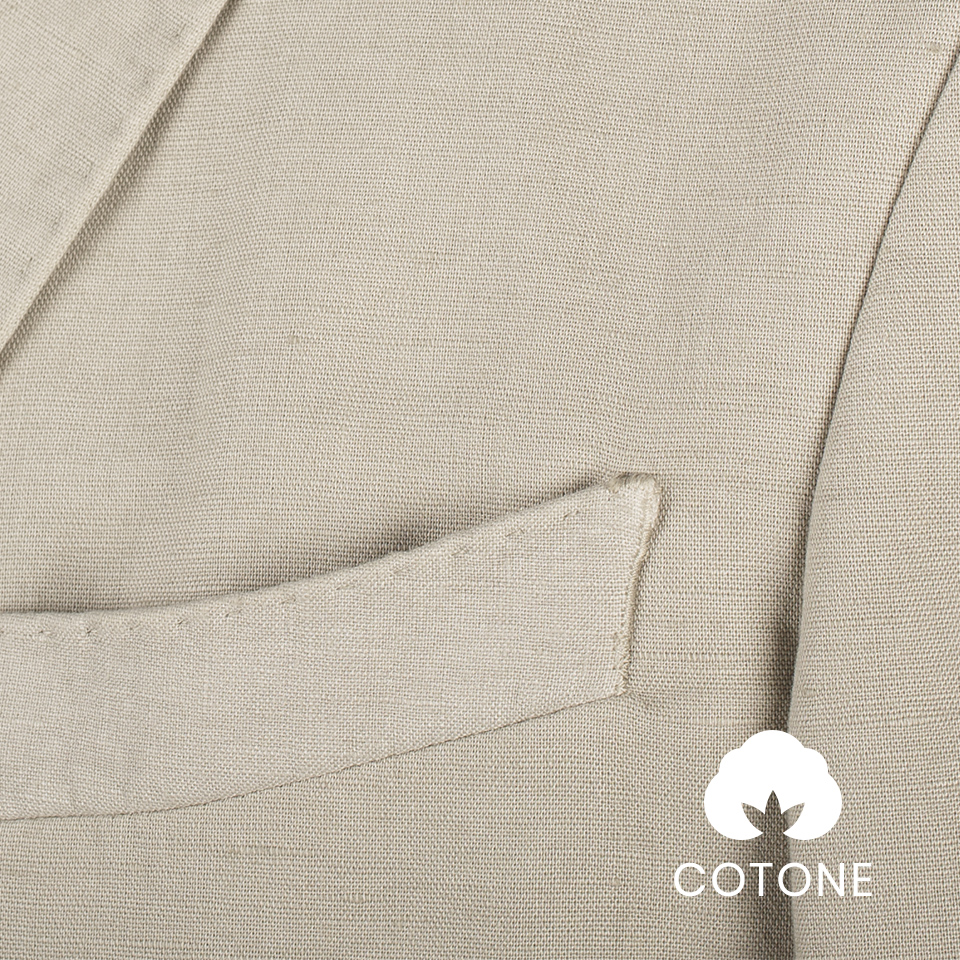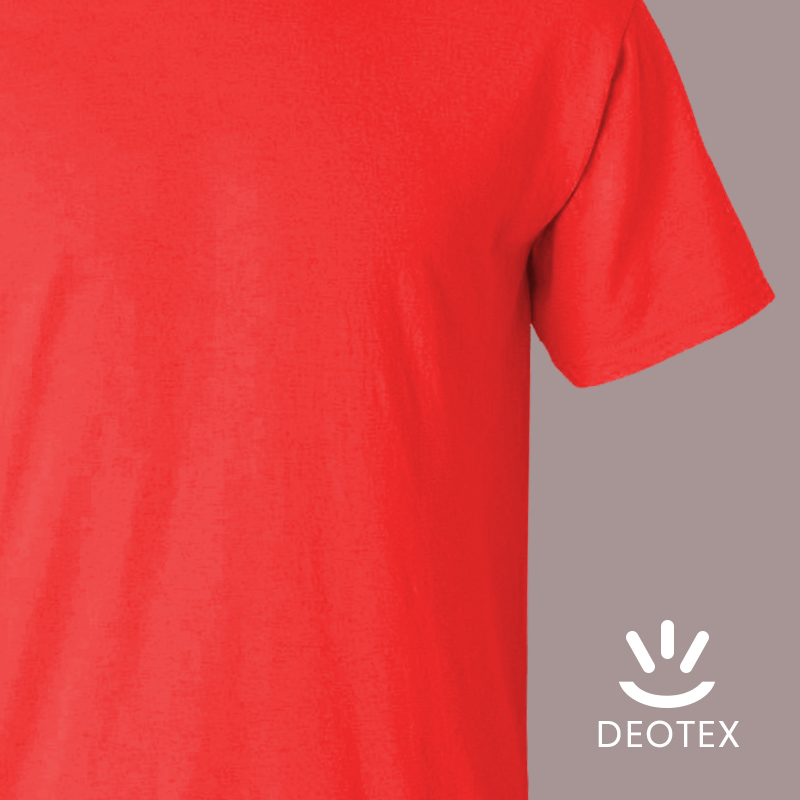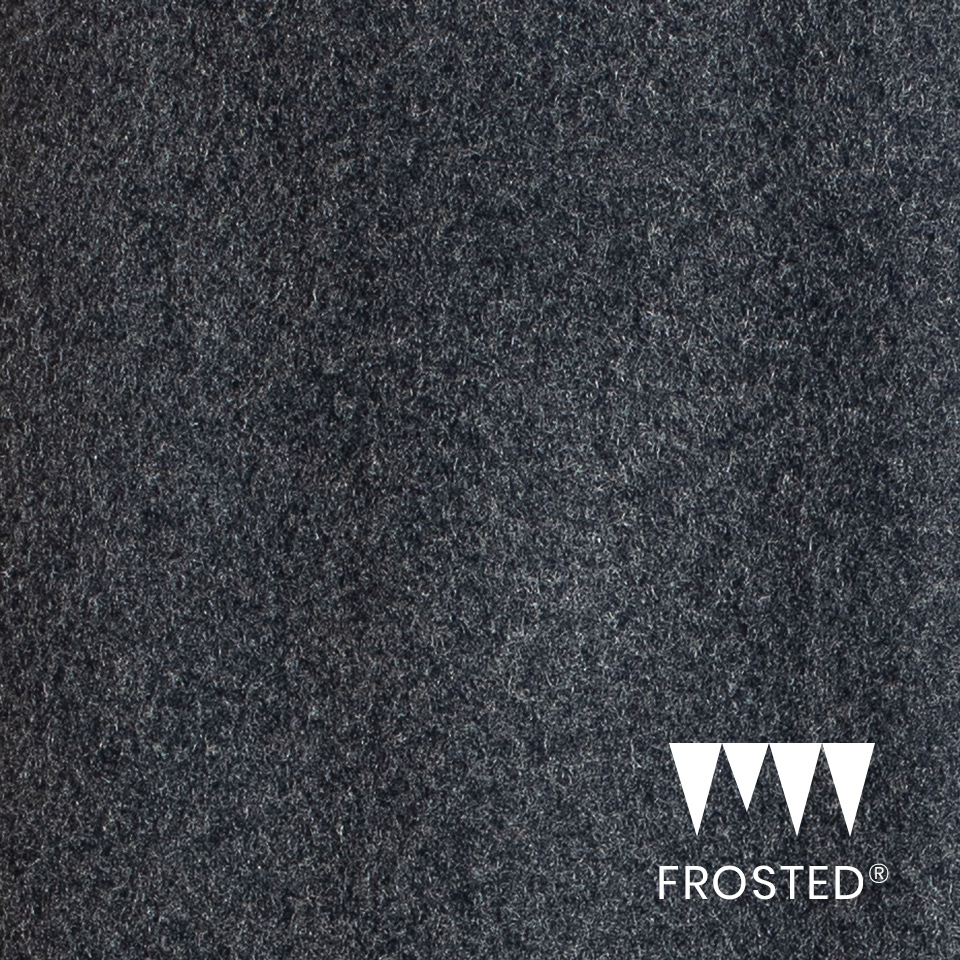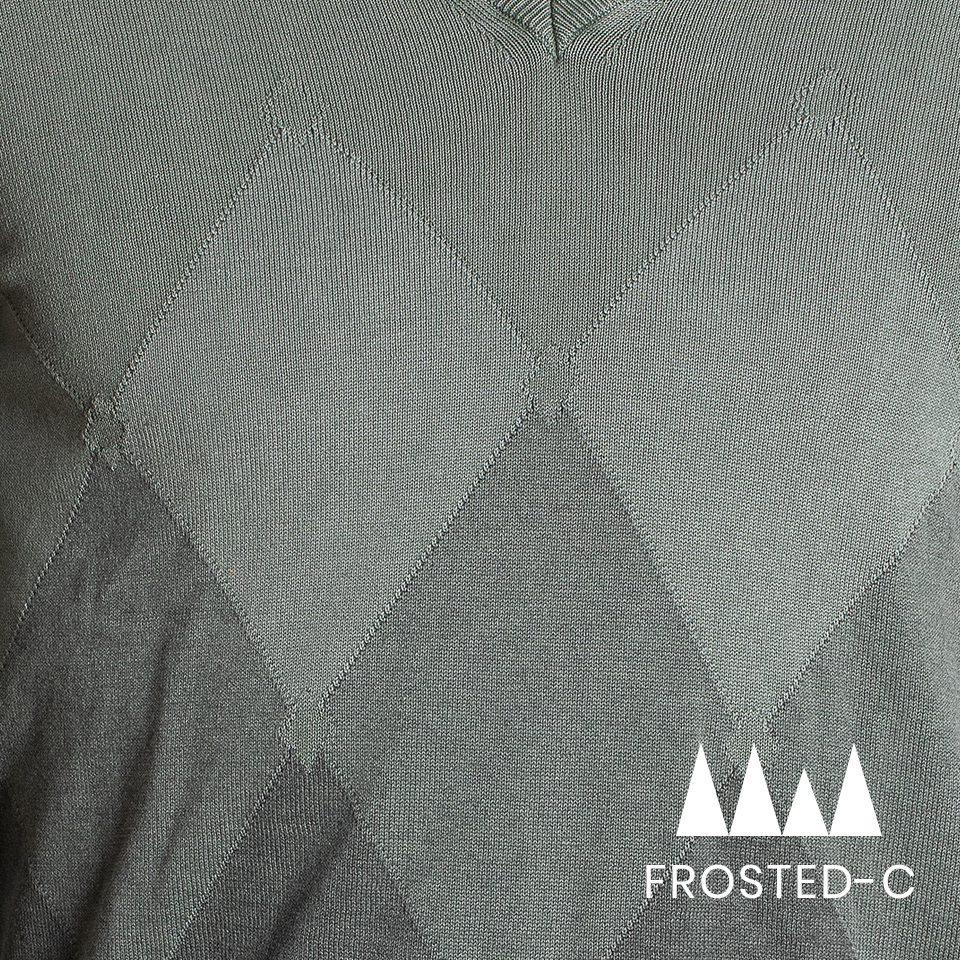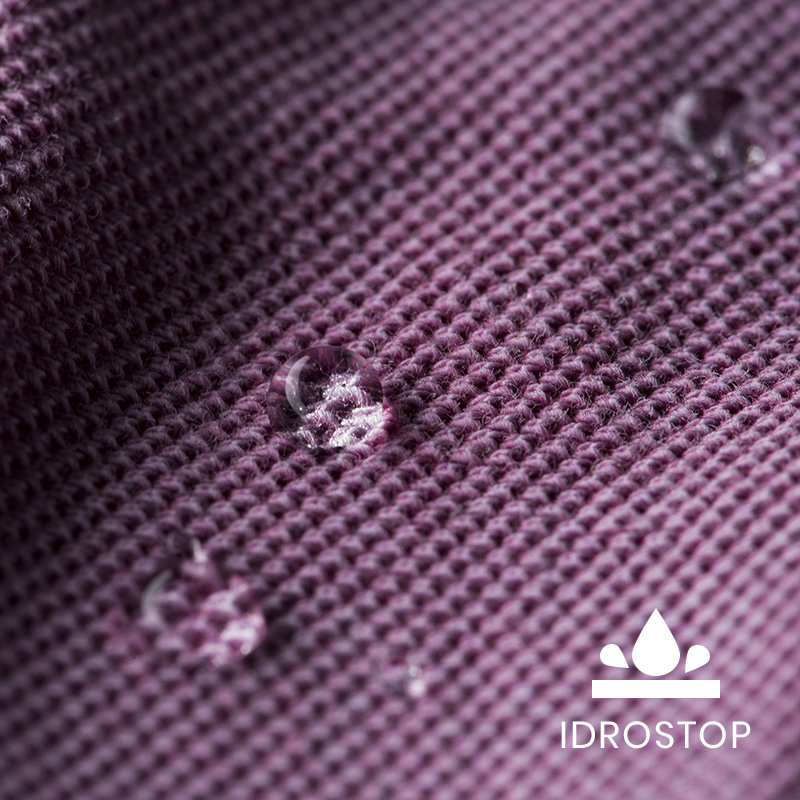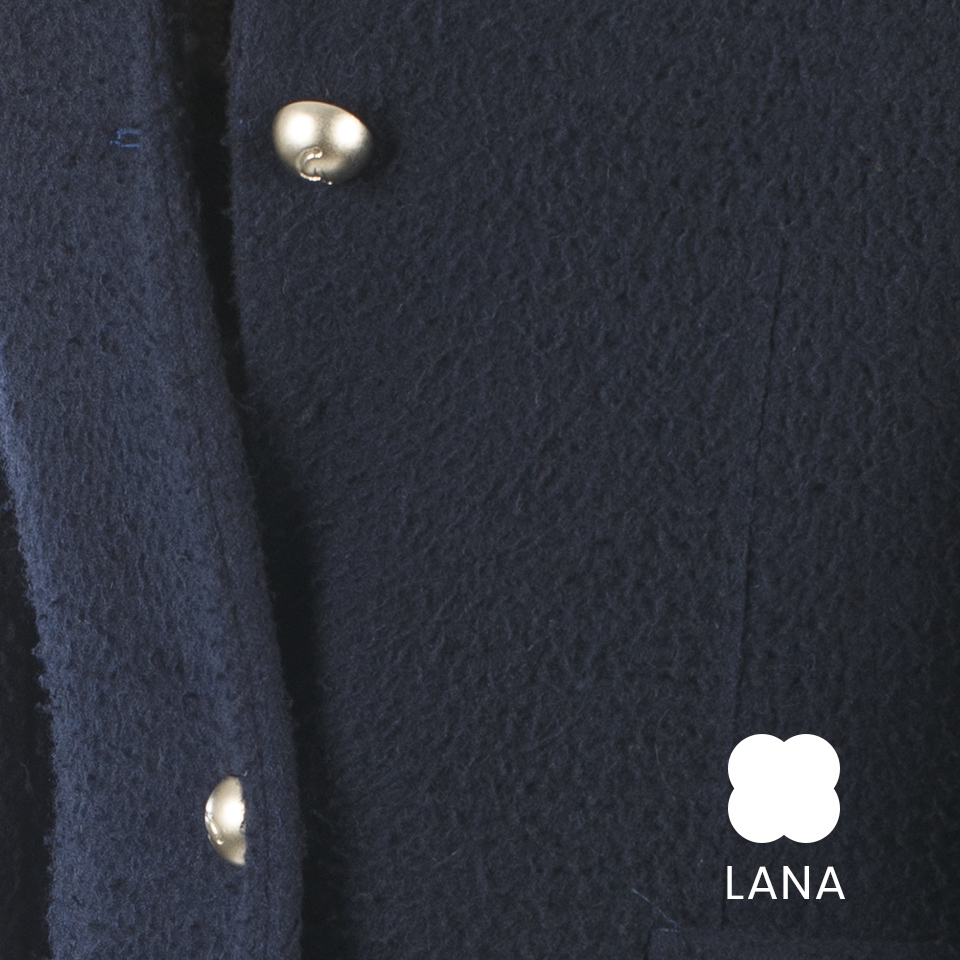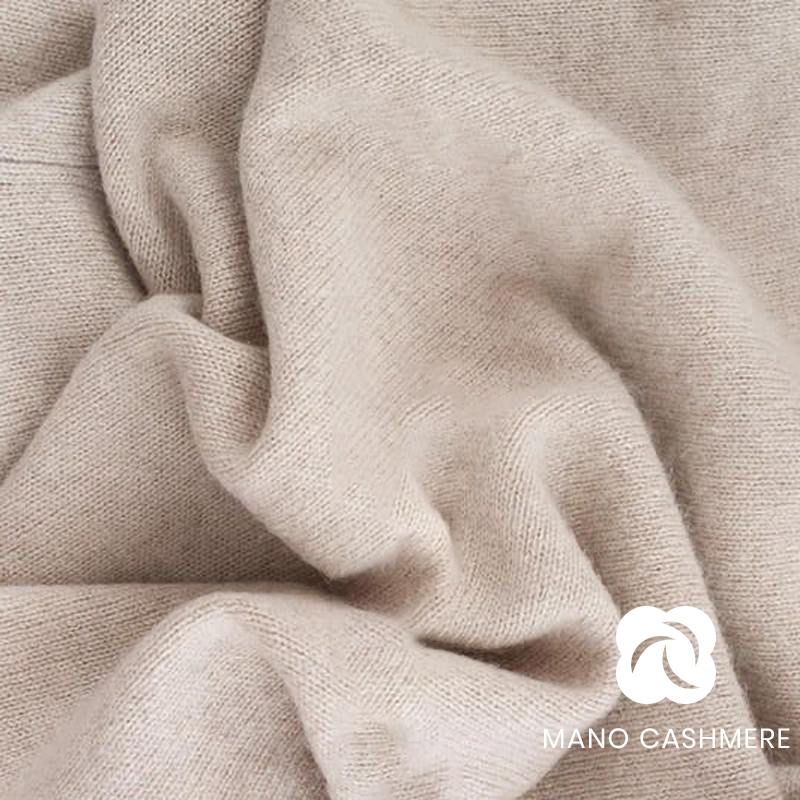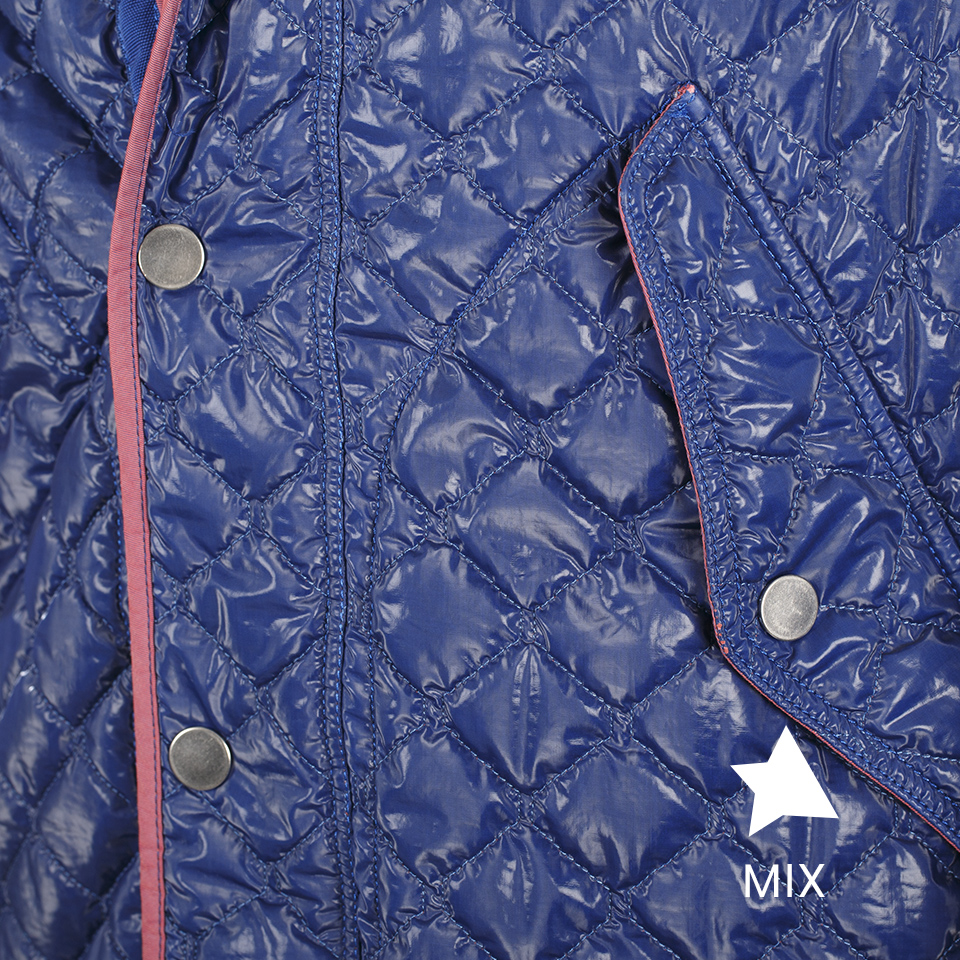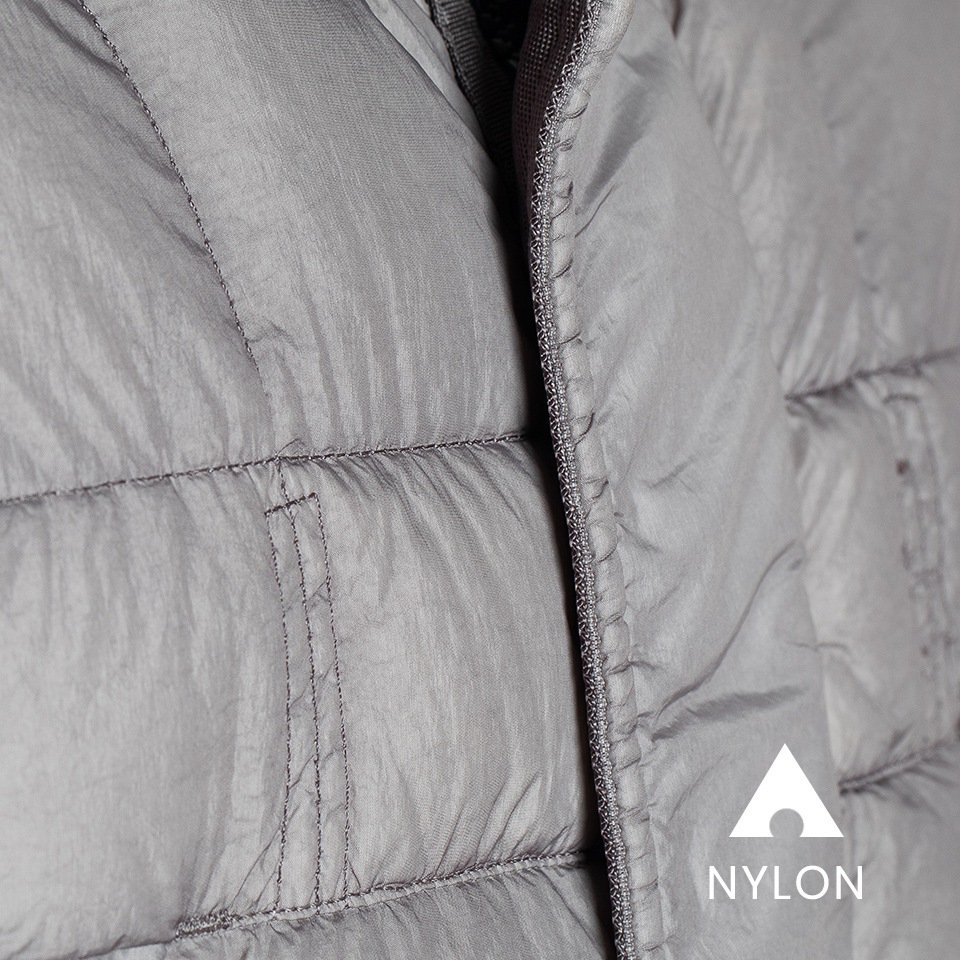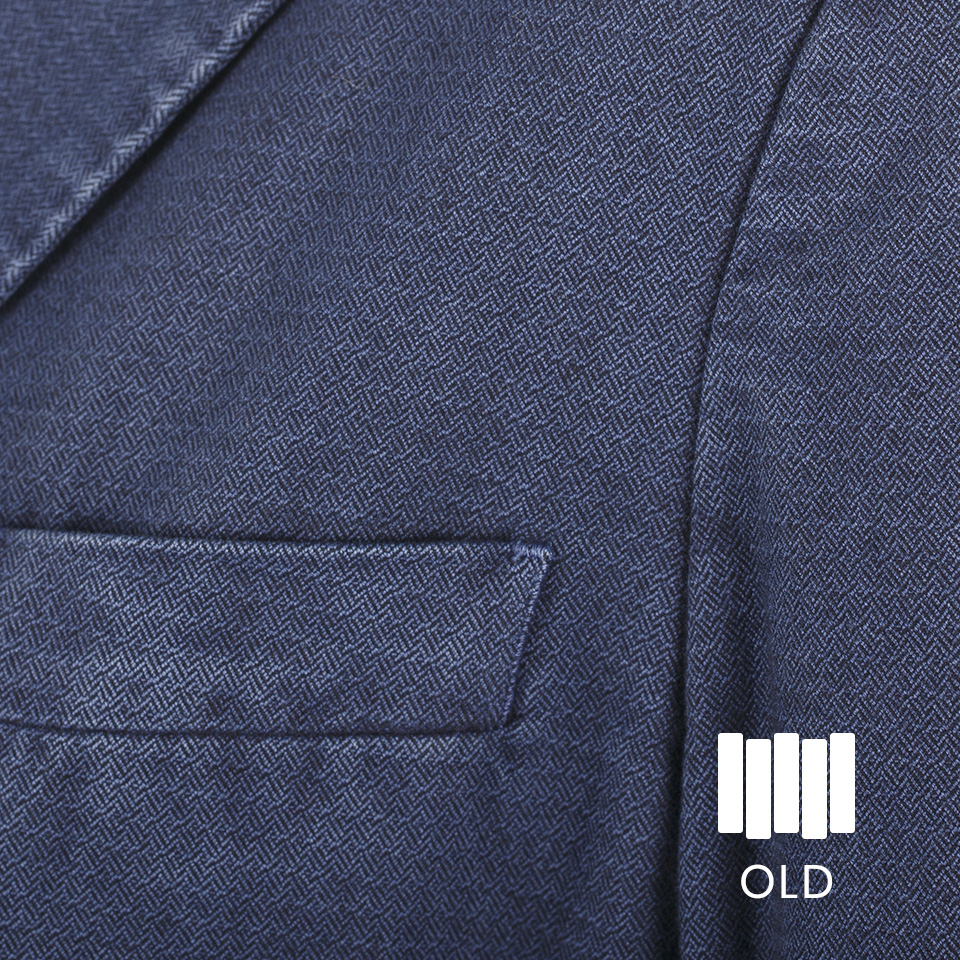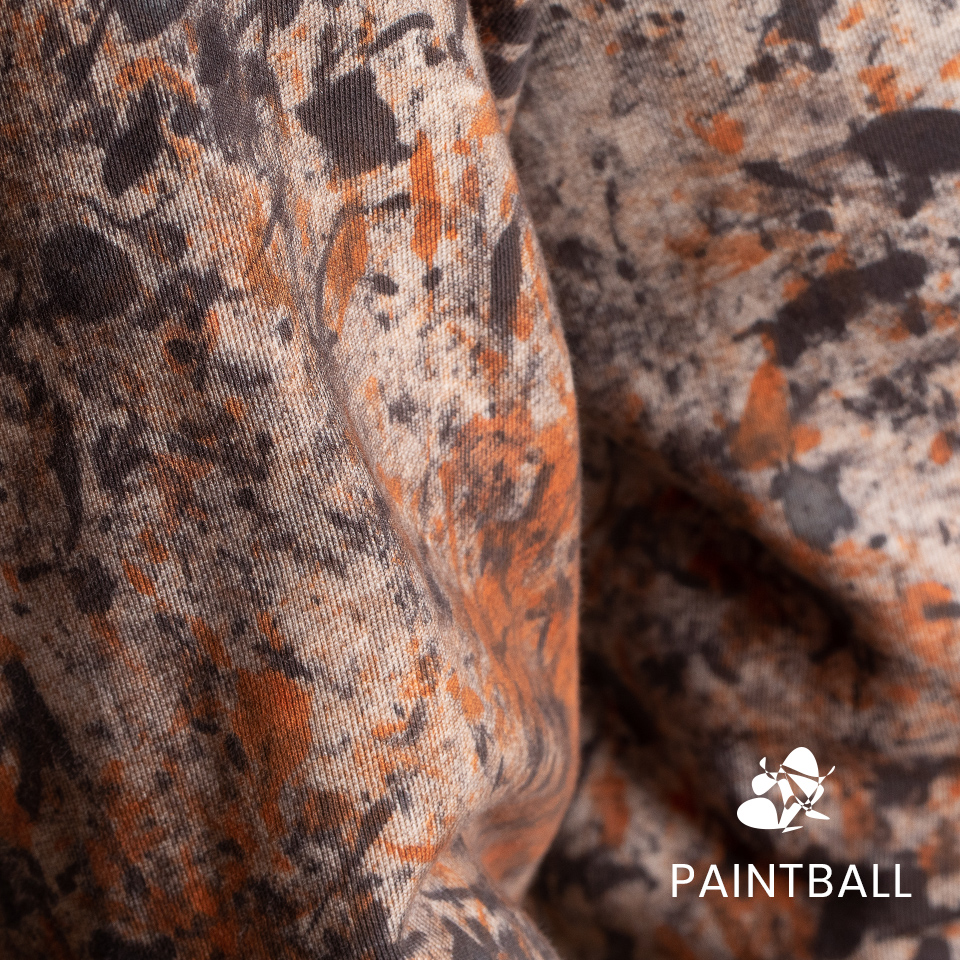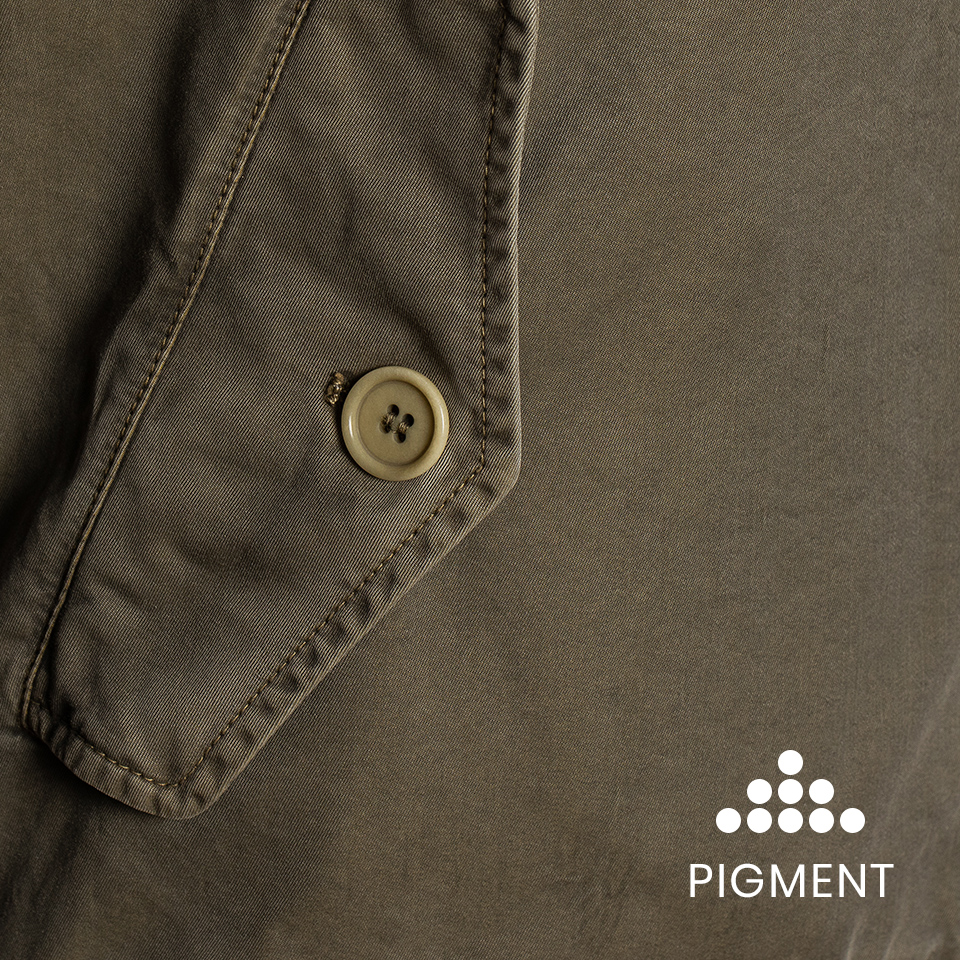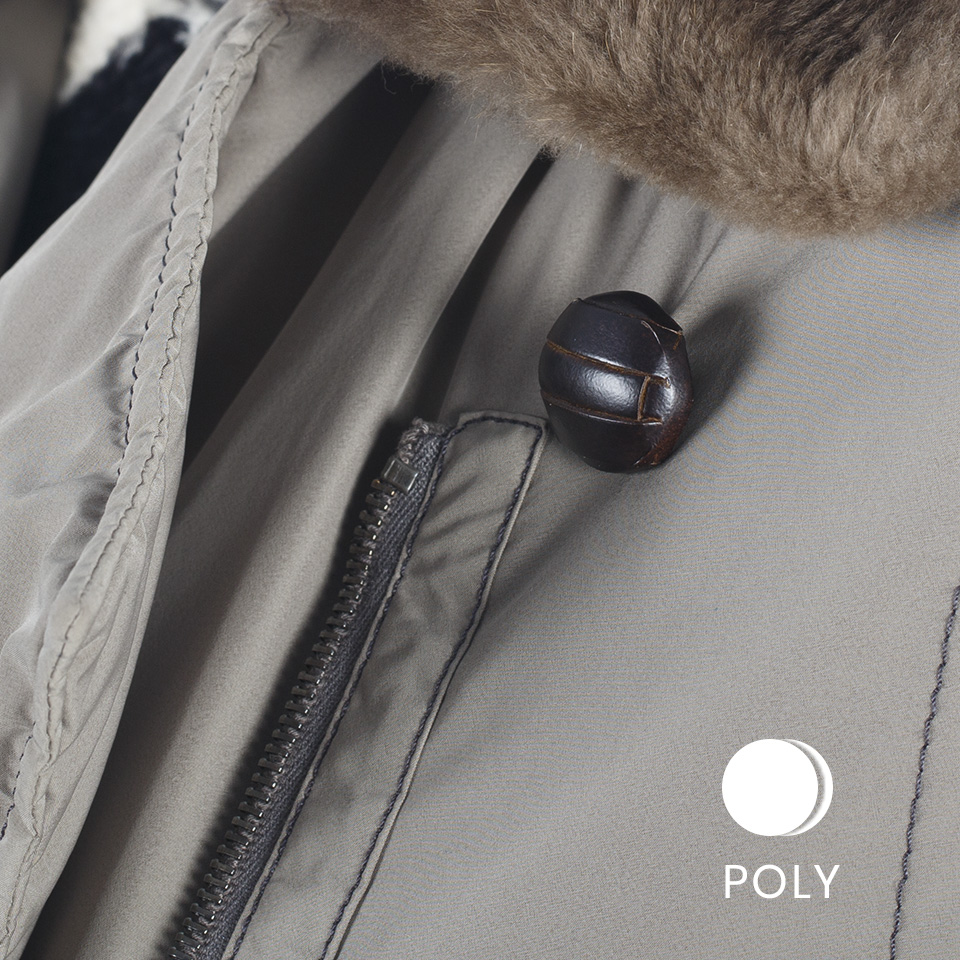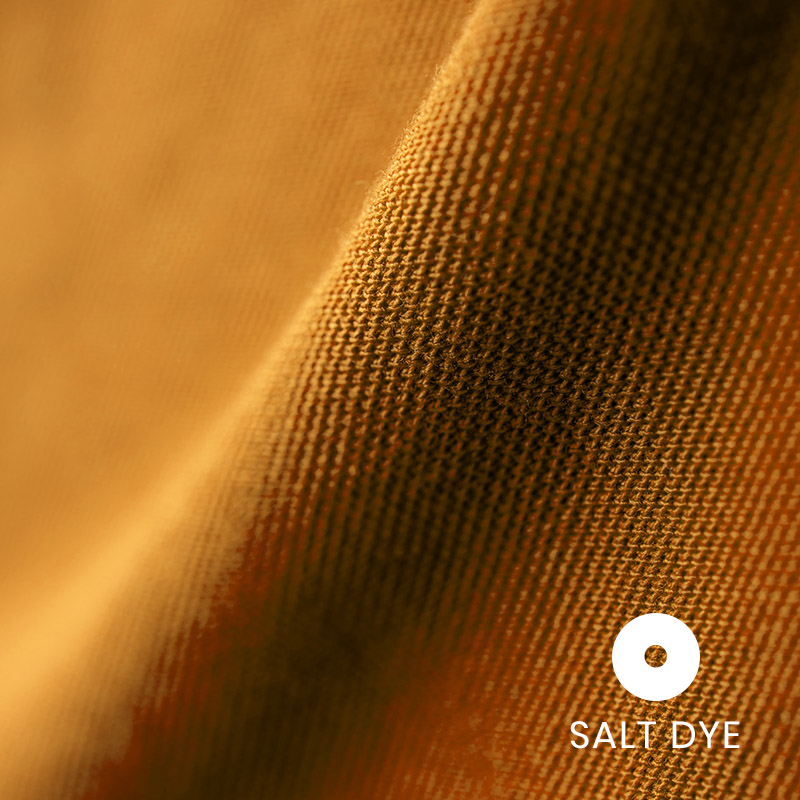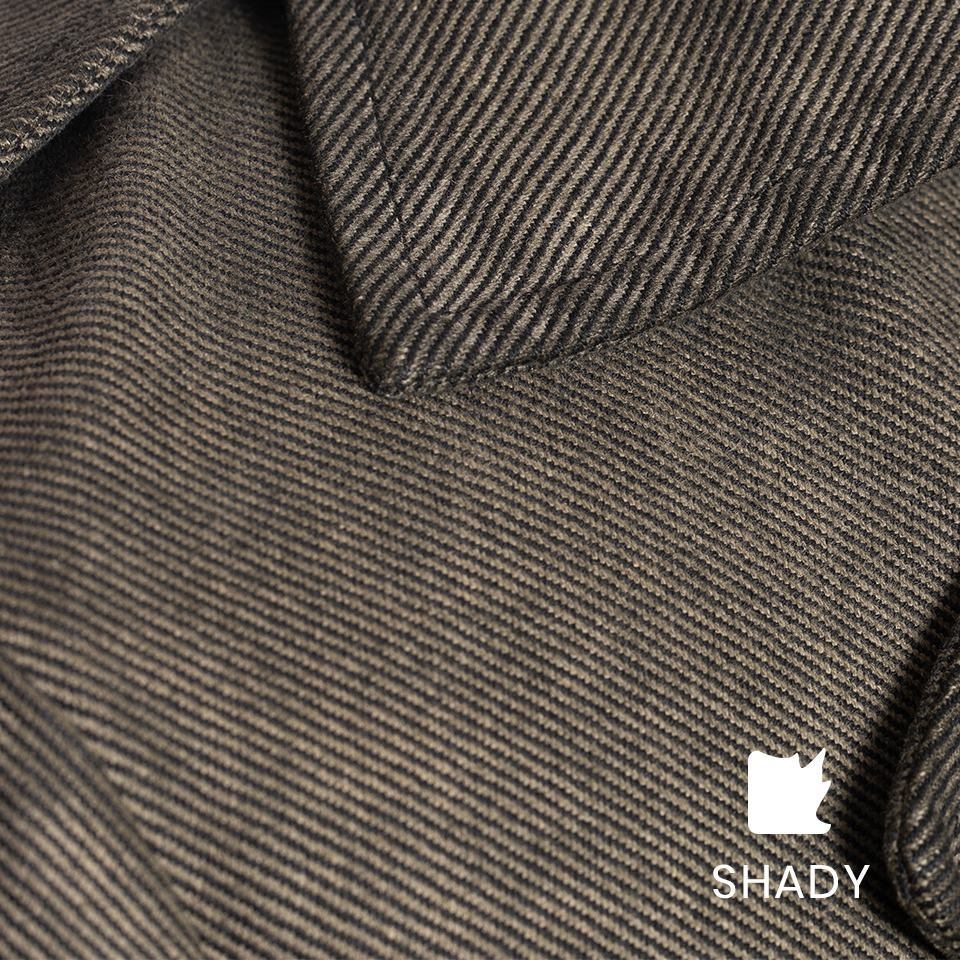TINTORIA EMILIANA
Industrial dyeing 4.0
Industrial production follows specific procedures and technologies for each treatment and finishing.
Garment dyeing characterizes the industrial development of Tintoria Emiliana, which through continuous research in its laboratories has determined the evolution of specific dyeing processes with respect to the different natural, artificial and mixed textile fibers that make up the clothing items. Its application has brought important results in terms of versatility of quantities, in the control of sizes or pieces, guaranteeing a high quality of the final result.
Machinery and technologies have led to the reduction of water consumption throughout the garment dyeing process, achieving greater productivity.
List of industrial dyeing treatments.
Treatment on an already dyed garment that gives another dimension to the fabric with an iridescent effect.
Toning “COOLING EFFECT” finishing. The molecules inserted into the fibers of the fabric are activated, gradually releasing active ingredients that produce an invigorating cooling effect. This reaction occurs by transdermal delivery. Cooling Effects interacts with the body through the skin. The fibers of the fabric in contact with the body through the molecules begin an osmotic exchange which transfers the active ingredients and produces the invigorating body cooling effect.
Cotton.
Garment dyeing of cotton is one of our cornerstones. Research and continuous improvement of the technique have allowed us to be considered a reference production model.
Finishing with the property of inhibiting bacterial proliferation, it is a durable, effective and sustainable treatment that uses silver salts to prevent the formation of bacteria that cause bad odors. Specific for technical sports clothing.
Wool.
The innovative low environmental impact technology that ennobles the feel of the garments, allows for energy savings, lower water consumption, giving the treated garments a longer lifespan.
Wool.
Our trademark, an exclusive patent of Tintoria Emiliana, the flagship of the company recognized throughout the world. This type of treatment gives the fabric fibres, without altering them in the slightest, that clear perception of heat, enhanced by the chiaroscuro effects.
Cotton.
The Frosted method, also applied to cotton, allows a particular treatment, capable of not altering the fibers and giving the fabrics extremely pleasant light-dark effects.
The IDROSTOP treatment, applied especially to outerwear and nautical clothing. The winning challenge was to make the treatment suitable for environmental impact.
Wool.
The story begins with the dyeing of wool on the garment or on sheets as was done in the past. Research and continuous improvement of the technique have allowed us to be considered a reference production model.
The mix of softeners used by Tintoria Emiliana for all textile fibers with the result of creating a “cashmere-like” sensation, changing the perception of the fiber to the touch.
The evolution of the process has led us to be among the few companies capable of dyeing, in a controlled and serial manner, garments obtained using different fibers in a single dyeing bath.
Dyeing process dedicated not only to the usual technical nylon garments, but also to fashion garments, including padded jackets which are further enhanced with the anti-drop treatment (Idrostop). The garment-dyed nylon down jacket by Tintoria Emiliana leaves the volume of the feather unaltered and gives a precise and defined shape.
Shine, elegance and respect for the quality of the garments. This is OLD, not a simple vintage treatment, but a process consolidated over the years that ennobles fabrics with skilful refinement.
Cotton, nylon.
Dyeing process that gives the fabric an effect similar to the informal American painting of the 1950s called Action Painting.
Shine, brilliance, originality are the basis of this type of dyeing. The pigment treatment allows you to give the garments an iridescent effect, through a combination of colors that can take on different shades each time.
In collaboration with the Japanese company Komatsu Matere, a unique dyeing process for polyester garments has been developed through the design of specific machinery.
This type of salt dye is one of the company’s great classics. The process, increasingly refined over the years, harks back to the memory of linen bags, giving the garments a strong visual impact, making them resistant and full of charm.
Dye which transmits a shaded effect to the garment through the application of a pigment, with a slight dusty perception and wear over time which makes the concept of lived-in elegant.
Frosted effect on a white garment giving the fabric new shades of light and shadow.




